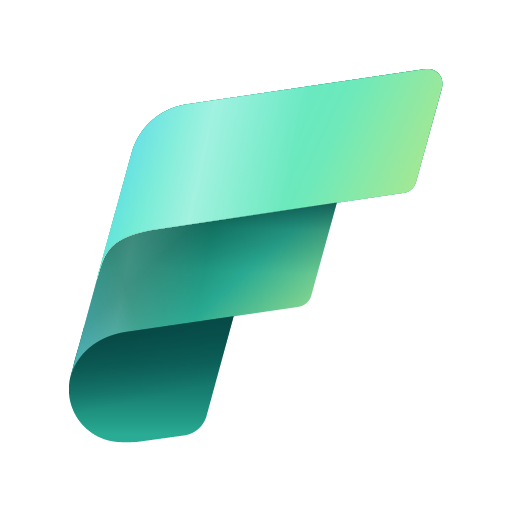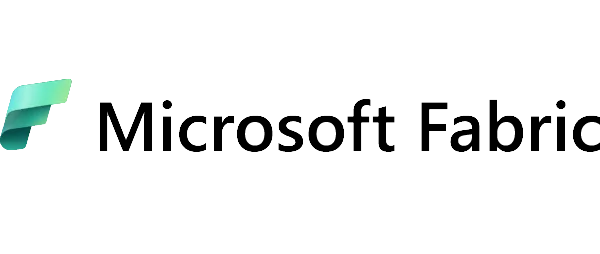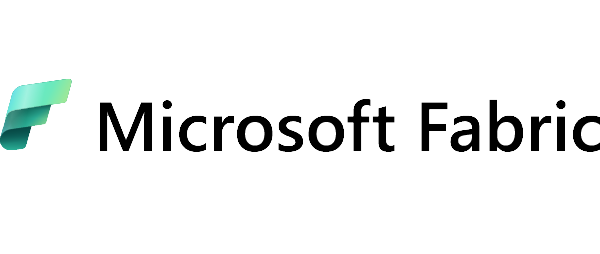More and more companies are facing the same question: should we choose Microsoft Fabric or Snowflake? Both platforms offer advanced cloud-based data analytics, but their architecture, data storage approach, and ecosystem integration are completely different.
Microsoft Fabric is built on the concept of OneLake – a unified, centralized data layer that supports lakehouse, data warehousing, real-time analytics, AI, and data visualization through tools like Power BI, Data Engineering, and Data Science.
On the other hand, Snowflake operates as a dedicated cloud data warehouse with a storage/compute separation architecture, optimized for scalable SQL workloads and multi-cloud integration.
In this article, we’ll compare Microsoft Fabric and Snowflake from both a business and technical perspective, focusing on key criteria such as architecture, integration, AI, governance, cost, and usability.
What is Microsoft Fabric?
Microsoft Fabric is an integrated, lake-centric analytics platform designed by Microsoft as a complete solution covering the entire data lifecycle — from data ingestion and processing, through AI, all the way to visualization and reporting.
The platform brings together multiple tools within one ecosystem:
- Power BI – for interactive reports and data visualizations
- Data Factory – for data integration and transformation from over 200 sources, including Power Query-like ETL
- Data Engineering (Spark, Notebooks) – tailored for data engineers and big data analysts
- Data Science – to build AI/ML models and track experiments
- Data Warehouse – a scalable SQL warehouse based on Delta Lake format, with separate compute and storage layers
At the core of Fabric is OneLake — a universal, logical data lake available tenant-wide and automatically created when you deploy Fabric. OneLake eliminates data duplication by allowing multiple engines and tools to share a single copy of the data.
Fabric enables seamless collaboration within a single workspace, with resources billed under one capacity model. Thanks to deep integration with Microsoft 365, Azure, and Power Platform, reports and analyses can be directly embedded in Teams, Excel, SharePoint, and you can use Copilot in Power BI for AI-driven insights.
What is Snowflake?
Snowflake is a cloud-native data platform specializing in enterprise-grade data warehousing, delivered as a fully managed SaaS service running on AWS, Azure, and Google Cloud (GCP).
Its architecture combines elements of shared-disk (a common data repository) and shared-nothing (MPP compute) models:
- Data is stored centrally in an optimized, compressed columnar format accessible by all nodes
- Computation happens in independent, dynamically scalable compute clusters called “virtual warehouses” that adjust based on workload (multi-cluster mode)
Snowflake focuses on SQL querying and data warehousing, with advanced features like micro-partitioning and automatic clustering to ensure fast, efficient query processing even at large scale and complexity.
IT departments benefit from high availability, robust security, and true multi-cloud support. However, Snowflake does not natively provide a lakehouse environment or built-in BI tool integration like Power BI — instead, it supports BI integration via connectors and APIs.
Key Differences Between Microsoft Fabric and Snowflake
| Area | Microsoft Fabric | Snowflake |
| Ecosystem | Comprehensive set of tools — including Power BI, Data Factory, Data Engineering, Data Science, Real-Time Intelligence, and more. | Primarily focused on data warehousing as a SaaS platform, lacking native BI tools. |
| User Interface | Unified user experience — Power BI, Dataflows, and Data Factory all accessible within a single console. | Managed via SQL, APIs, and external tools with no integrated BI interface. |
| Lakehouse | OneLake serves as a built-in lakehouse layer supporting Delta Lake and Iceberg formats with no data duplication across engines. | Partial integration with Delta Lake or Iceberg only through connectors — no native lakehouse support. |
| Target Users | Analysts, BI teams, and business users — low-code/no-code tools and Copilot AI integration enhance usability. | Mainly IT teams and data engineers — strong focus on SQL and pure data warehousing. |
| Microsoft Integration | Deep integration with Microsoft 365, Azure, Power Platform, and Purview for governance and security management. | Integration available via connectors but lacks native support for Microsoft 365 or Power BI environments. |
| Licensing / Cost | Capacity-based model — a single compute pool covers all Fabric functionalities including Power BI, AI, and Data Engineering. | Pay-per-use model — separate charges for storage and compute, flexible but can be costly under heavy workloads. |
When is Microsoft Fabric the Perfect Choice?
Wondering if Microsoft Fabric might be a better fit for your company than Snowflake? In many cases — the answer is yes. Especially if:
- Your company already uses Microsoft 365 or Power BI
- You need a complete analytics environment — from data ingestion (ETL), through modeling, to interactive dashboards
- You expect fast implementation, process automation, and easy team collaboration
- You’re tired of juggling multiple tools and want everything managed in one place
Why does this work? Because Microsoft Fabric combines many functions that in other solutions you’d have to build separately — often time-consuming, costly, and not always compatible.
If you’re looking for a simple, integrated platform that “plays well” with Power BI and the rest of the Microsoft ecosystem — you’ve found it.
When is Snowflake Worth Considering?
Of course, not every company operates in a Microsoft-centric environment. Snowflake can be a sensible alternative — but mostly for teams with strong technical expertise.
Consider Snowflake if:
- You have a team fluent in SQL and experienced with traditional data warehouses inside out
- Your infrastructure primarily runs on AWS or Google Cloud, and Microsoft 365 is not your standard
- You need highly customized, tailor-made solutions using external tools that you integrate yourself
But beware — this solution is for advanced users. It requires more implementation effort, management, and configuration.
So if you don’t want to spend time stitching together multiple tools and value speed of deployment — Microsoft Fabric will most likely be the better choice.
Summary: Two Different Approaches to Data
Microsoft Fabric or Snowflake? Both platforms serve data needs, but their philosophy and operation are quite different.
Still unsure which platform fits your company best?
👉 Schedule a free consultation with our experts. We’ll help you evaluate if Microsoft Fabric is the right solution for your data strategy, current infrastructure, and growth plans.



